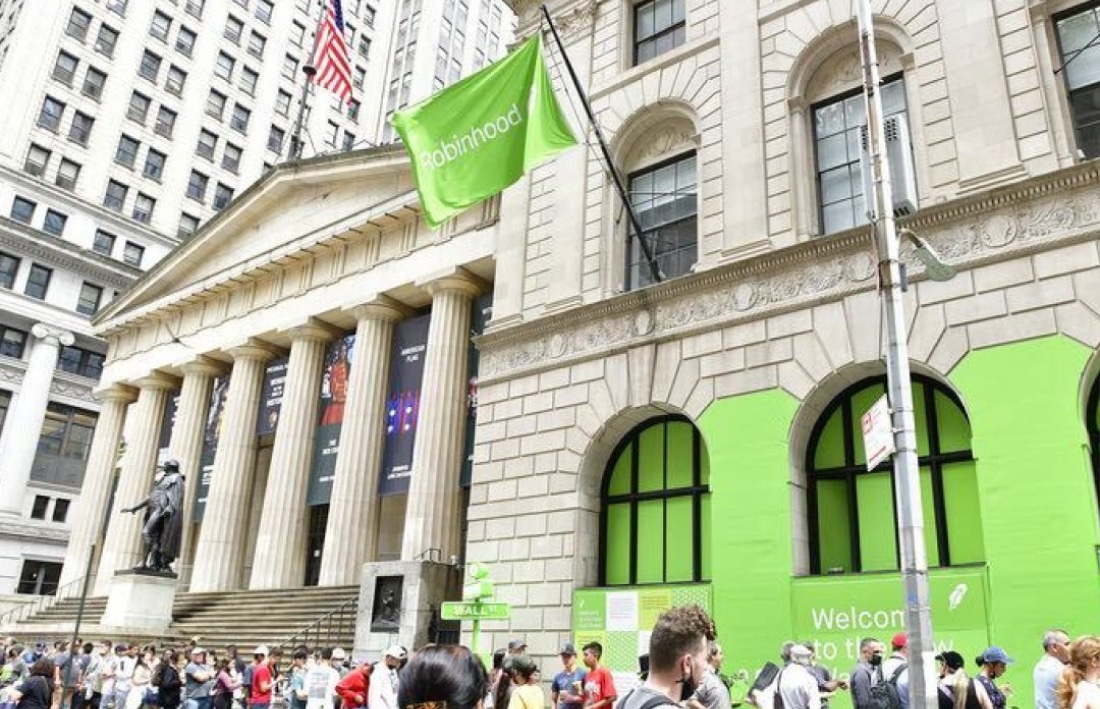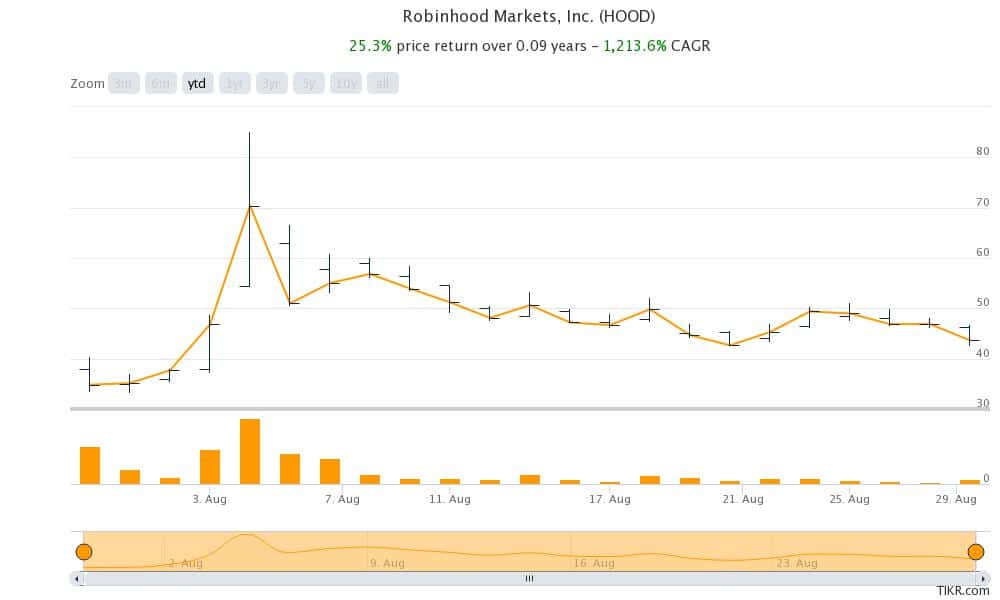
Robinhood shares fell sharply yesterday after SEC Chairman Gary Gensler said that banning payment for order flows, which accounts for the bulk of Robinhood’s revenues is a possibility.
Robinhood was among the most widely awaited IPOs of 2021 but the listing failed to live up to the expectations. The company priced at IPO at $38, which was at the lower end of the range. The shares fell below the IPO price on the listing day. While the popular trading app reserved a third of shares for retail investors, it did not find much love with Reddit traders.
Robinhood was seen siding with the “big investors” and working against the interest of retail traders when it banned trading in several meme shares in the first quarter of 2021. Retail traders suffered massive losses and many shifted from Robinhood to alternate platforms.
SEC on order flow mechanism
The US SEC has been taking an activist approach under chairman Gary Gensler. It went after SPACs (special purpose acquisition company) that have emerged as a popular listing mechanism, especially for loss-making startup companies. The SEC revised the warrant accounting rules and also imposed a fine on Stable Road Acquisition Company and Momentus for misleading investors.
In the past also, Gensler has been critical of the order flow mechanism under which Robinhood directs customer trades to other platforms. Gensler has been apprehensive about the process and doubted whether it is in the best interest of clients. While Robinhood does not charge commissions, it earns by routing client trades to other platforms and earns order flow fees.
Meanwhile, in his most recent comments, Gensler has said that a total ban on the process is “on the table.” Robinhood shares, which were anyways under pressure yesterday, extended their decline on the news.
Robinhood on order flow mechanism
On its part, Robinhood has maintained that payment for order flow is a fair mechanism. “We think payment-for-order flow is a better deal for our customers, vs. the old commission structure. It allows investors to invest smaller amounts without having to worry about the cost of commissions,” Robinhood CFO Jason Warnick said during the IPO roadshow.
Meanwhile, the SEC’s comments on order flow mechanisms are not the only worry for Robinhood investors. PayPal is reportedly planning to get into retail stock trading. The company has been expanding its offerings. It had previously allowed US customers to hold cryptocurrencies. Earlier this month, the company also extended the offer to UK customers.
Robinhood cryptocurrency revenue spike
In the second quarter, revenues from cryptocurrencies account for a large part of Robinhood’s revenues. Dogecoin was the largest cryptocurrency to be traded on the platform. The spike in cryptocurrency volumes on the platform invoked missed responses. While some see it as a sign of diversification, others see the company getting into risky territory with high reliance on cryptocurrency revenues. Also, the higher share of revenues from dogecoins, which are still seen as a meme and joke asset, hasn’t impressed some.
In the second quarter, Robinhood’s revenues had increased 131% YoY to $565 million. The revenues were within the range provided by the company days back. Its net loss of $502 million was also within the guidance of $487-$537 million loss.
That said, what scared the markets was the management’s guidance on the third quarter. “We expect seasonal headwinds and lower trading activity across the industry to result in lower revenues and considerably fewer new funded accounts than in the prior quarter,” the retail trading app had said in its release.
Retail trading
The competition has been increasing in the retail stock trading business. SoFi, which merged with a SPAC sponsored by Chamath Palihapitiya is also targeting the market. PayPal’s entry into the market will only intensify the competition.
To be sure, Robinhood plans to get into other businesses including the IRAs. However, the general perception about the company is still of a “fun trading app.” Therefore, diversifying into more serious businesses wouldn’t be easy for the company.
Robinhood stock forecast
Wall Street analysts have a mixed forecast for Robinhood shares and it has received a buy rating from only seven of the 14 analysts. Six analysts rate it as a hold while one analyst has a sell rating. Its median target price of $55 is a 26% premium over current prices.
Earlier this month, Redburn initiated coverage on the shares with a buy rating. “Robinhood has had a profound impact on the construct of the brokerage market in the US. It continues to enlarge its defined market and is geared into the increasing wealth of its users, a generation whose share of U.S. wealth is projected to triple by 2030,” it said in its note. Redburn added, “Alongside expansion in this area and crypto trading, we expect the company to move into adjacent consumer finance areas and export its model to overseas regions ripe for disruption.”
However, Wolfe Research had lowered the target price from $45 to $41 expressing concern over the high revenue contribution from dogecoin trading. The brokerage warned that the third-quarter slowdown in dogecoin trading could be much more than investors are bracing for.
Robinhood shares were trading 1% lower in US premarket price action today. The shares have a 52-week trading range of $33.25-$85 and are currently trading at a discount of 49% to their 52-week highs.


Question & Answers (0)